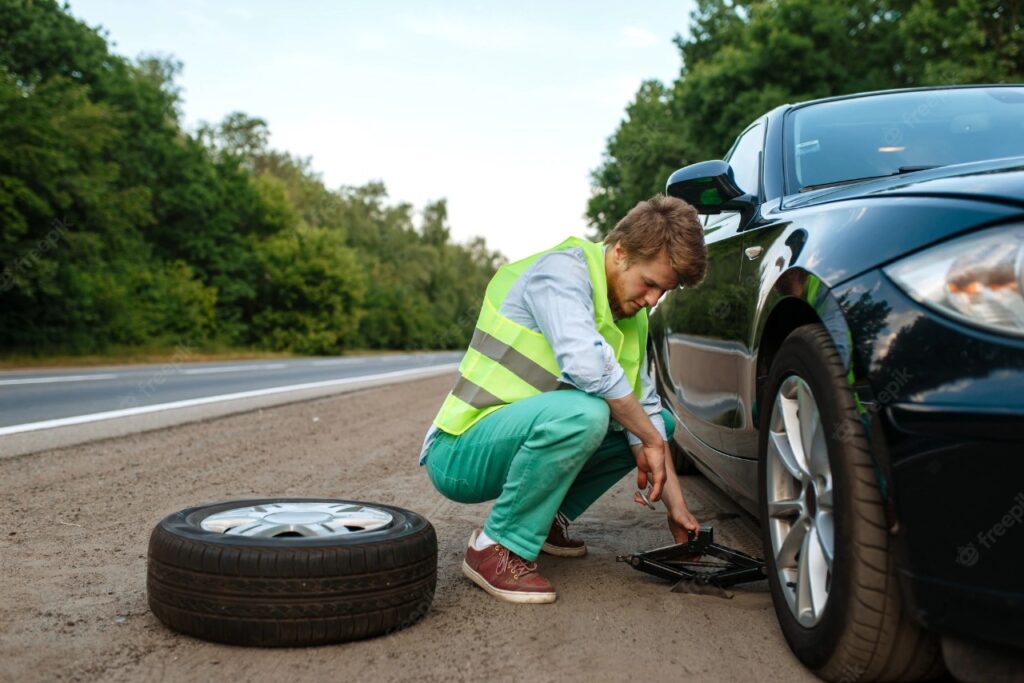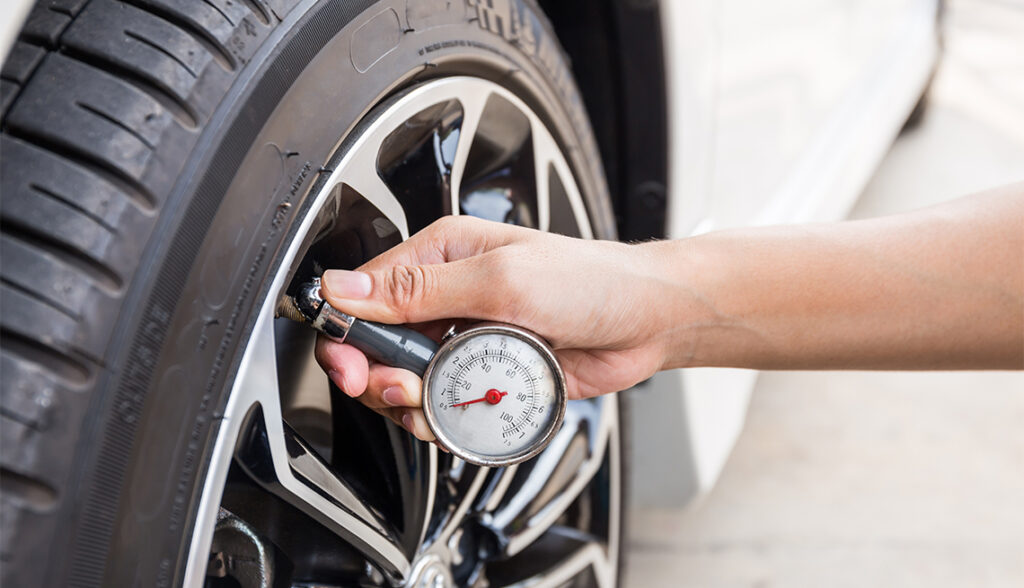To perform numerous jobs successfully, running a successful automobile garage need a wide range of specialized equipment. Having the correct equipment is critical for assuring excellent work and client satisfaction, from servicing and maintenance to diagnostics and repairs. In this post, we will look at the important automotive garage equipment, which is divided into subheadings to help you understand the equipment needed for a well-equipped garage.
Lifting and Hoisting Equipment:
1. Vehicle Lifts:
To elevate automobiles and trucks for inspection, repairs and maintenance, a garage needs durable and dependable vehicle lifts. Depending on the garage’s individual demands and space constraints, they can include two-post lifts, four-post lifts, scissor lifts, or portable lifts.
2. Hydraulic Jacks and Stands:
These equipment give support and mobility while lifting automobiles for tyre replacements, brake repairs and other small chores.
Diagnostic and Testing Equipment:
On-Board Diagnostics (OBD) scanners are critical for detecting and diagnosing vehicle problems. These scanners connect to the OBD-II port of a vehicle to read diagnostic trouble codes (DTCs) and offer real-time data on engine performance and sensor readings.
2. Multimeters:
Used to diagnose electrical systems, multimeters measure voltage, current, and resistance. They are essential equipment for diagnosing electrical problems in automobiles.
3. Compression Testers:
These instruments monitor the compression levels in engine cylinders, assisting in the diagnosis of engine issues such as worn piston rings or malfunctioning valves.
4. gasoline Pressure Testers:
Fuel pressure testers, which monitor the pressure and flow of gasoline inside the system, can be used to identify fuel system problems.
Wheel and Tire Equipment:
1. Tyre Changers:
These devices allow for the rapid and effective removal and installation of tyres on rims, eliminating manual labour and the danger of damage.
2. Wheel Balancers:
Wheel balancers guarantee that wheels move smoothly by addressing weight distribution mismatches. This device aids in the prevention of vibrations and uneven tyre wear.
3. Wheel Alignment devices:
These devices measure and change the angles of the wheels, optimizing vehicle control, tyre life, and fuel efficiency.
Hand Tools and Power Tools:
1. Socket Sets:
For different repair and maintenance jobs, a complete set of sockets, wrenches, and ratchets is required.
2. Screwdrivers and pliers:
These important hand tools are used to loosen and tighten screws, as well as grip and manipulate tiny components.
3. Air Tools:
Air-powered tools, such as impact wrenches, grinders, and drills, offer significant torque and speed advantages, improving efficiency and productivity in the garage.
Welding equipment and accessories are essential for repairing metal components and creating unique parts.
Fluid Management Equipment:
1. Oil Drains and Evacuators:
These devices make oil changes easier by extracting fluids from automobiles quickly and cleanly.
2. Fluid Dispensing Systems:
Dispensing fluids such as engine oil, coolant, and brake fluid correctly assures exact readings and eliminates spillage.
3. Fluid Analyzers:
These devices evaluate the quality and condition of various fluids, such as engine oil and gearbox fluid, to determine whether they need to be replaced or serviced further.
Conclusion:
Equipping an automobile shop with the proper tools and equipment is critical for providing excellent client service. This article has given an overview of the necessary equipment in many categories, such as lifting and hoisting equipment, diagnostic and testing tools, wheel and tyre equipment, hand and power tools and fluid management equipment. Automotive garages may improve their efficiency, production, and overall customer happiness by investing in high-quality equipment and remaining current with industry innovations.






